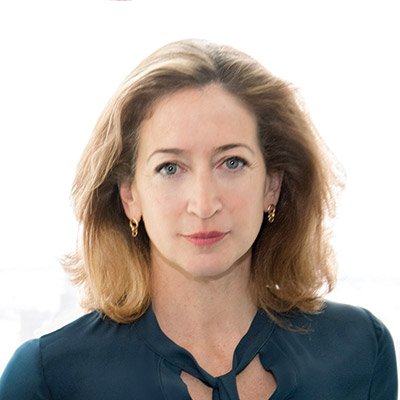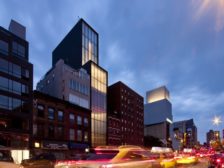Articles by Josephine Minutillo
HHF Architects
A trio of young architects just a few years out of school launch a practice with work around the world.
Read More
Harris-Stowe State University
Adrian Luchini brings contemporary form and a new material palette to Harris-Stowe State University's traditional campus.
Read More
North Carolina Museum of Art
Shedding Light: Thomas Phifer and Partners turns a simple structure into a stunning expansion of the North Carolina Museum of Art.
Read More
Copyright ©2024. All Rights Reserved BNP Media.
Design, CMS, Hosting & Web Development :: ePublishing

